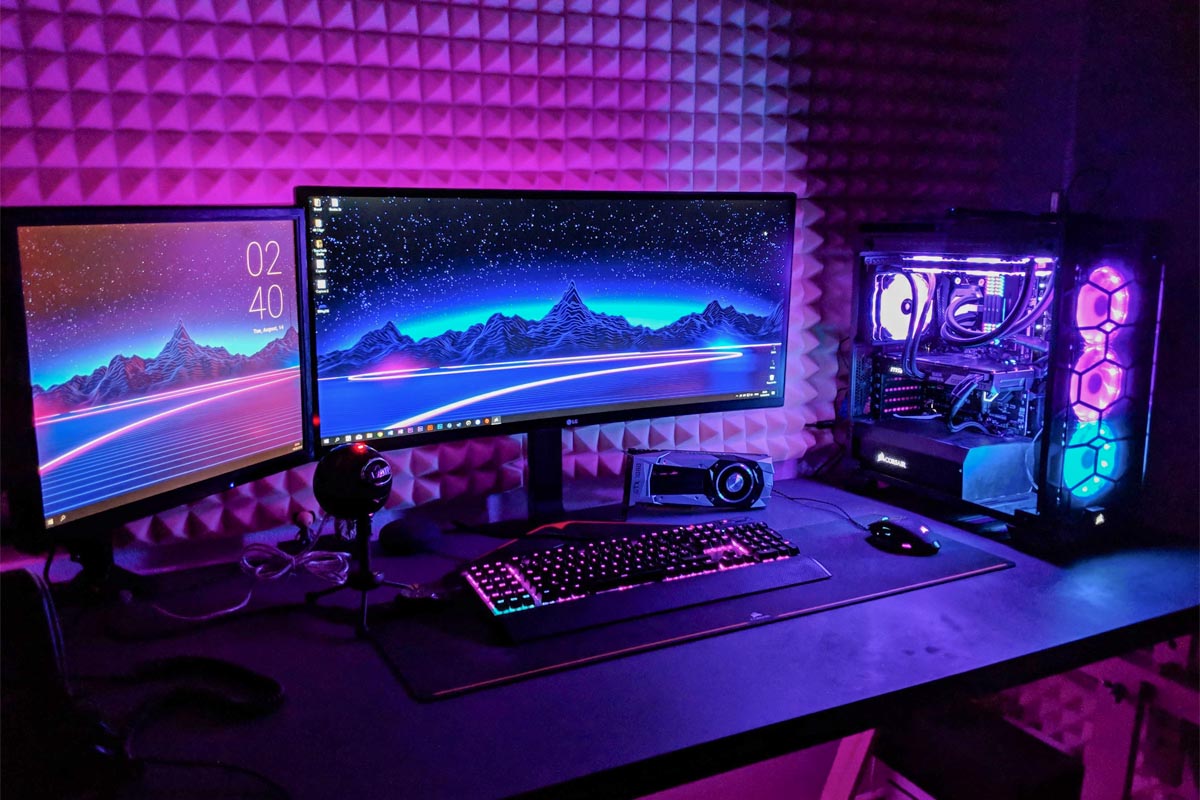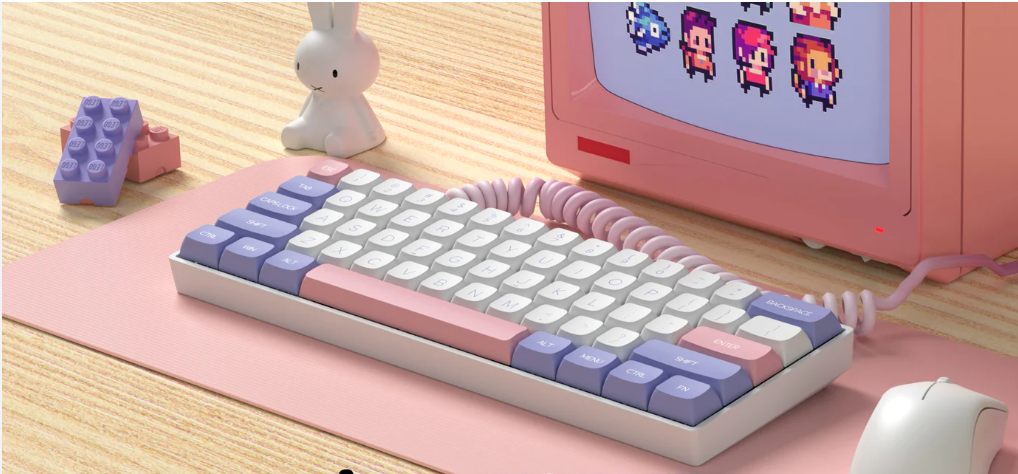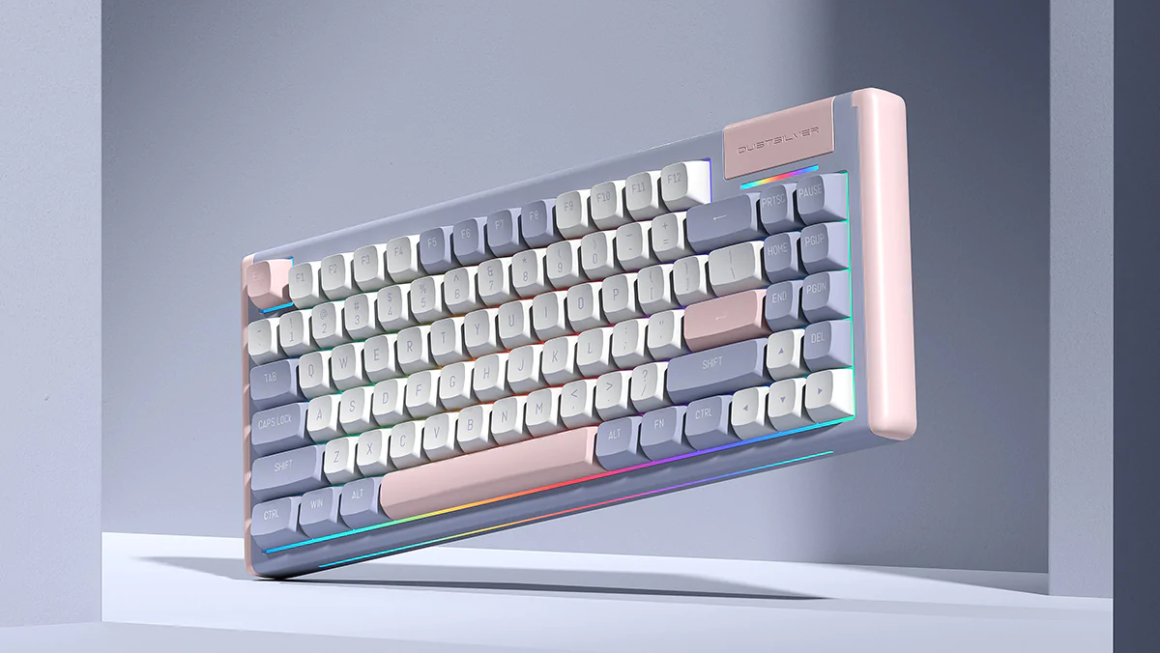Building a gaming PC from scratch is beyond any doubt a feasible way to make sure the machine can meet all your needs and preferences. It gives you far more control over the pieces and parts used in your computer. But before heading out to build a gaming PC, you must carefully crosscheck what kind of case you need and ensure whether they come under your budget. After this, you should go ahead and choose components for a gaming PC build.
If you want to build a computer for gaming on a budget, this post is worth a read. Here’s a list of important components you require to build your own gaming PC without investing too much money and effort.
Gather Tools
The first and foremost is to gather all tools required to complete the PC build process. Arrange for a table with a large surface area to start the work. Ensure you stand on a surface that is not furnished or covered by a carpet. This helps you stop any accidental electrostatic distance that can damage the most sensitive elements. Look for Phillips #2 screwdrivers ( a 1/4″ shaft, ideal for derailleur adjustment screws) for just about everything.
Have PC Cases
PC cases are generally available in three sizes, full-tower, mid-tower, and mini-tower. However, they’re based on the size of the motherboard. Having a PC gaming case before choosing components is important.
Decide the right size by ensuring where you are going to place the device. The location where the PC will be placed will determine the exact size of the PC case. If you think the PC is getting hidden under your desk, then there is no need for a tempered glass side panel.
Get PC Components
Get all the components before starting the PC building process. This requires thorough research of each part to select the most appropriate components and create the right custom PC from scratch. All parts must be compatible with all other components. Do consider your budget before beginning to pick different parts. Note that with a custom pc builder, you have an option to upgrade the machine later.
A range of components that you need to choose carefully includes a central processing unit (CPU), Motherboard, Graphics processing unit (GPU), Memory (RAM), Storage, System cooling, Power supply unit (PSU), Operating system (OS), and Gaming peripherals.
Make sure to check the game’s recommended system requirements before building this PC, especially if you are creating a system to play a specific game.
Find a little breakdown of each component with some hardware recommendations.
● Processor (CPU): Intel and AMD are two primary manufacturers. They offer multiple choices. For AMD, you’ll need to look at a third-gen Ryzen or Threadripper. For a solid choice, go for Intel’s Core i CPUs, though consider 12th Gen i5 or i7 for streaming rig or serious gaming.
● Motherboard: It is a large circuit board to connect all components. Its selection majorly depends on the CPU and features you’re interested in. While choosing a motherboard, check its compatibility with other parts of your system.
● Graphics Processing Unit (GPU): Pick GeForce RTX 3050 from Nvidia, or the Radeon RX 6500 from AMD if you need something on the lower-end of modern GPUs. However, Nvidia’s RTX 3090 Ti with the Radeon RX 6900 XT from AMD is the right choice for a cutting-edge experience.
● RAM: Random Access Memory (RAM) is essentially your PC’s storage space where your PC stores information. For a gaming PC build, go for either 16GB or 32GB RAM.
● Storage: Any data (games, files, and your operating system) that you need to access is kept on a storage drive. Three major PC storage options are SSDs (Solid state drives), HDDs (hard disk drives), and NVME (nonvolatile memory express). Choose bigger drives for larger storage space.
● Cases: You can get cases of any shape and size. Most cases work fine unless you want to build something small or with advanced features like custom cooling loops. A simple rule of thumb is if you need to do a lot of custom work, go for a bigger size.
● Monitors: For entry-level, choose 1920×1080 monitor. For truly crystal clear images, invest in a good system and move up to higher resolutions, like 2540×1440, or even 3840×2160 (4K). You also have an option to upgrade to a higher refresh rate like 144Hz or even 240Hz to see everything significantly smoother.
● RGB Lighting: Choose RGB lighting for elite-class gaming. It shows the latest gaming desktops. LEDs add personality to the gaming room setup by creating special effects. It also boosts gamers’ concentration on gaming.
● Keyboard: Avoid membrane keyboard (traditional feel). Choose mechanical switches (a silicone or rubber layer). Determine whether you need wired or wireless. The wireless keyboard is recommended. Opt for RGB lighting.
● Mouse: Choose a mouse that can easily fit in your hand and has better sensitivity. Remember that a gaming mouse offers a faster response time than a regular mouse. Consider DPI, sensitivity, and the shape of the mouse. Measure the quality of mouse buttons and feet.
● Operating System: Microsoft Windows 11 is the most popular operating system because of its widespread use and straightforward user experience. Though Windows 10 is still a popular choice among many gamers, it’s only a matter of time before Windows 11 eclipses its predecessor.
Conclusion
Whether you are building your first gaming PC, or the third one, having the right components is important. I trust you are now aware of all the important components of a gaming PC. However, you can always learn more to increase your knowledge and hone skills for making the right computer.



